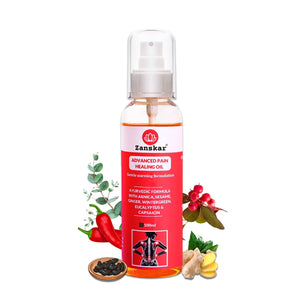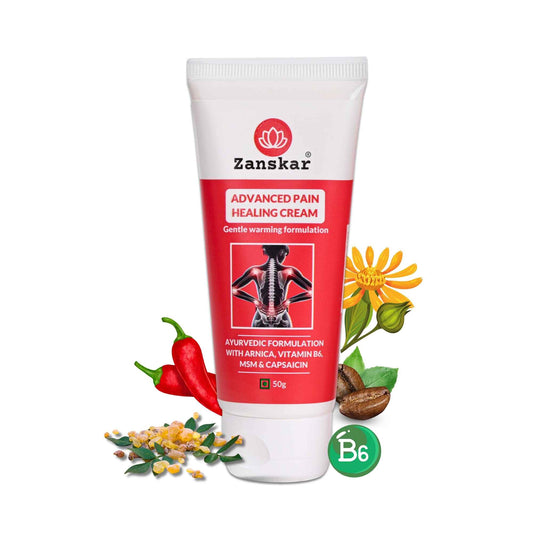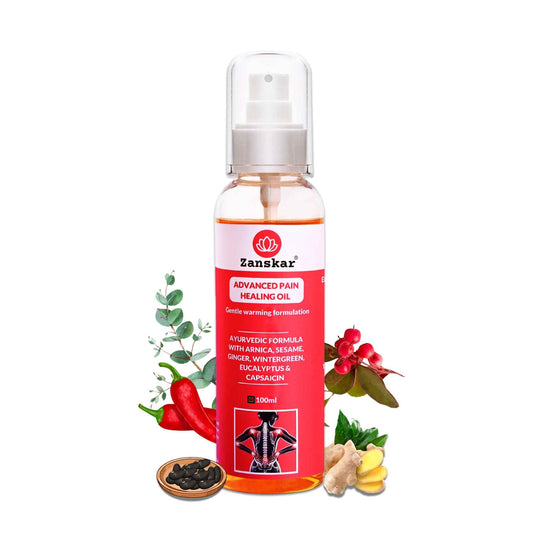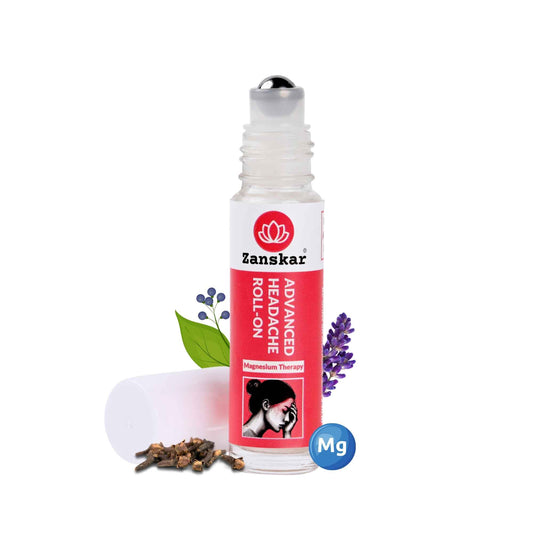1. Limited Mobility
Many forms of joint pain such as RA and OA can cause joint pain and stiffness, making it difficult for individuals to reach the bathroom in time, or removing underwear and outer clothes, leading to episodes of incontinence. This is known as Functional Incontinence.
2. Weight Gain
Joint pain pain also discourages physical activity, leading to weight gain which contributes to urinary incontinence by putting extra pressure on the bladder and pelvic floor muscles, making it harder to hold on.
3. Constipation
A reduction in activity due to joint pain can cause constipation, particularly if fluid intake is also reduced. Constipation is one of the main causes of incontinence. When the bowel is overfull it can press on the bladder and reduce the volume it can hold. This can lead to frequency and urge incontinence. Straining on the toilet due to constipation can stretch and weaken the pelvic floor, which can lead to Stress Incontinence.
4. Infections
In addition to the joint pain and stiffness associated with RA, infections and bladder pain are increasingly well-recognised complications. It is associated with a high incidence of UTIs, particularly in seniors. Studies have also shown that there is a link between RA and bladder pain syndrome/interstitial cystitis. This causes urinary urgency and frequency.
What can be done to manage incontinence in such patients?
Reducing the risk of falls is often the first consideration to improve independence and avoid mobility restriction in patients with joint pain:
- Ensure furniture is not in the way of the path to the toilet
- Provide clothing free of buttons and zips
- Use a raised toilet seat to provide better stability
- Install handrails in the bathroom, provide urinal bottles or commode chairs
- Discuss the use of continence products - Pull up pants can promote independence and confidence and reduce anxiety, liners and pads can provide protection for smaller infrequent leaks
- Place a clear sign on the toilet door (if memory an issue)
Tips to improve bladder function
- Avoid going to the toilet before the urge to go is there or ‘just in case’ as it can lead to a reduction in bladder size and the volume it can hold, this then results in needing to void more often but smaller amounts.
- Avoid reducing fluid intake, as this can cause the urine to concentrate irritating the bladder leading to it want to empty more often, which can then lead to frequency and urge incontinence. Consume about 2-2.5 litres of fluid daily, limiting caffeine and fizzy drinks which can irritate the bladder.
- A healthy diet rich in dietary fibre will help avoid constipation. We need at least 30gm of fibre each day. Just adding fibre to a diet without increasing fluids can cause or make constipation worse. If constipation continues, see a doctor.
Try bladder retraining
When the urge to go is there try to hold on for 5 minutes before you go, try this at home initially, then try to hold for a little longer each time. If it helps, wear a pad to catch any leaks while using this technique.
Tips to work on your body
- Aim to exercise for 30 minutes most days. Remember that walking is great exercise and can help keep those joints moving for longer.
- Keep your pelvic floor muscles strong since give us control over our bladder and bowel. Squeeze and draw up the pelvic floor muscles to control the urgency to go to the toilet. Practice exercises for pelvic floor.
Exercises to strengthen your pelvic floor
1. Kegels: Kegel exercises are one of the most effective ways to target and strengthen the pelvic floor muscles. Here's a step-by-step guide to performing kegel exercises:
- Find a quiet and comfortable space to sit or lie down.
- Identify your pelvic floor muscles by imagining you are trying to stop the urine flow.
- Once you've located the muscles, contract them by squeezing and lifting. Be sure to avoid tightening your abdomen, buttocks, or thighs.
- Hold the contraction for about 5 seconds, then release and relax for another 5 seconds.
- Repeat this process 10-15 times in a row, aiming for three sets per session.
2. Bridge pose: The bridge pose targets the pelvic floor and engages the core and glute muscles. Follow these steps to perform the bridge pose:
- Lie on your back with your knees bent and feet hip-width apart.
- Place your arms at your sides, palms facing down.
- Inhale and lift your hips towards the ceiling, engaging your pelvic floor muscles.
- Hold the pose for 10-15 seconds while maintaining steady breath.
- Slowly lower your hips back to the floor and repeat for 10-15 repetitions.
3. Pelvic Tilts: Pelvic tilts help strengthen your lower back and abdominal muscles, contributing to pelvic floor stability. Follow these steps:
- Lie on your back with your knees bent and feet flat on the floor.
- Tighten your abdominal muscles and press your lower back into the floor.
- Hold for a few seconds, then release.
- Repeat this movement 10-15 times, gradually increasing as your muscles become stronger.

Learn More About Zanskar Health
If you have joint or muscle pain that makes it hard to move, Zanskar offers the most advanced full stack pain relief solutions for you.
Now available to purchase, Zanskar® Advanced Pain Care Products have a unique formulation of natural bioactive ingredients and provide lasting relief from muscle and joint discomfort that you can feel good about. Get your fix before stocks run out - buy now.
You can also gain access to therapeutic exercises and stretches for your condition by downloading the Zanskar Health physiotherapy mobile app. Additionally, you’ll have a personal care team to guide, support, and tailor our program to you, including behavioral and nutritional coaching.
Download our mobile app here 👉 download and track your exercise streak.
Medical Review: This article is written by Dr Nishtha Mittal (Senior Health Content Editor at Zanskar Health) and has been medically reviewed by the medical team at Zanskar Health. This article and its contents are provided for educational and informational purposes only and do not constitute medical advice or professional services specific to you or your medical condition.










